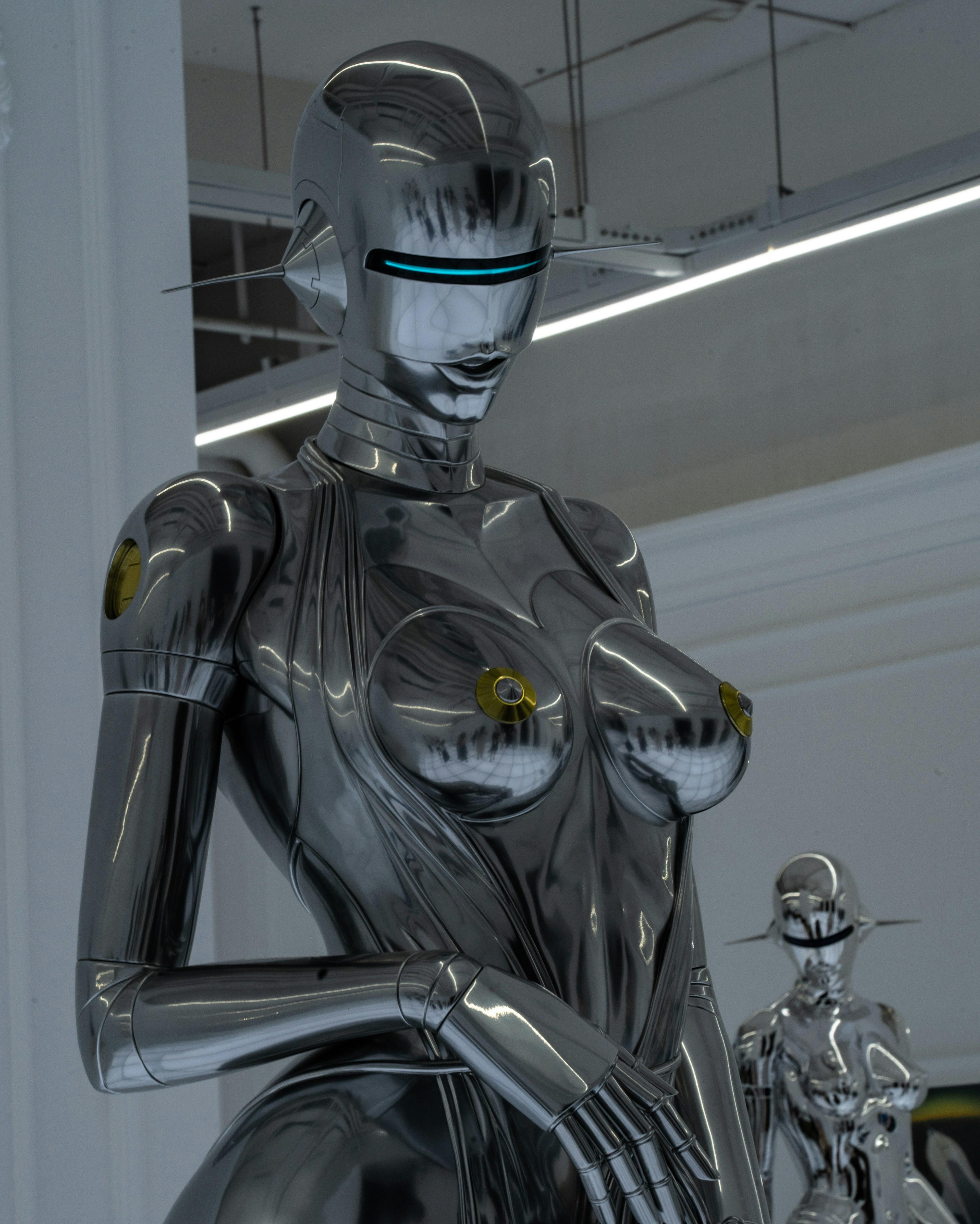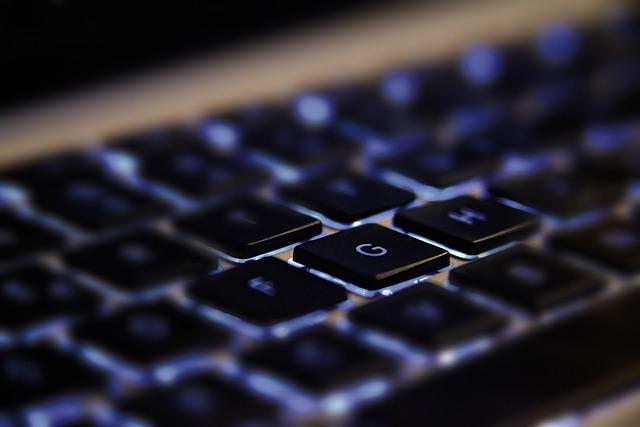In the ever-evolving realm of cinema, where imagination meets innovation, 3D animation stands as a beacon of technological prowess. As audiences demand more immersive and visually stunning experiences, filmmakers are turning to advanced technology to redefine the boundaries of animated storytelling. From the subtle flicker of a character’s expression to the sweeping vistas of fantastical worlds, cutting-edge advancements in 3D animation are transforming the art of film. This exploration delves into how these innovations are not only enhancing visual realism but also reshaping the very fabric of narrative possibilities, setting the stage for a new era in cinematic magic.
Harnessing AI: Revolutionizing Animation Techniques
The integration of AI into 3D animation is not just an enhancement; it’s a transformation. By leveraging machine learning algorithms, animators can now automate complex processes, allowing for more fluid and realistic character movements. This technology enables the creation of lifelike textures and dynamic environments, reducing the time and effort traditionally required. AI-driven tools analyze and learn from vast datasets, offering animators the ability to generate scenes that adapt in real-time to storytelling needs.
Some of the groundbreaking techniques include:
- Procedural Animation: AI scripts generate animations based on predefined rules, creating more natural and spontaneous movements.
- Facial Recognition: Advanced AI captures and replicates subtle facial expressions, enhancing character believability.
- Real-time Rendering: Machine learning accelerates rendering processes, providing immediate visual feedback and refining creative decisions.
With these innovations, filmmakers are not just pushing boundaries; they’re redefining them, crafting worlds that were once the domain of imagination alone.

The Role of Real-Time Rendering in Modern Filmmaking
In the ever-evolving landscape of filmmaking, real-time rendering has emerged as a game-changer, revolutionizing the way 3D animation is created and experienced. This cutting-edge technology allows filmmakers to visualize and iterate complex scenes instantly, significantly reducing production time and costs. By harnessing the power of real-time engines, creators can explore new levels of creativity, crafting intricate worlds with unprecedented detail and realism.
- Instant Feedback: Directors and animators can see changes in lighting, textures, and movements immediately, allowing for quick adjustments.
- Enhanced Collaboration: Teams can work together more efficiently, sharing and modifying assets in real-time, regardless of geographical location.
- Immersive Experiences: The ability to render scenes as they are created opens up possibilities for more immersive storytelling, blurring the lines between animation and live-action.
Real-time rendering is not just a tool; it’s a transformative force that is pushing the boundaries of what is possible in the realm of cinematic storytelling.
 Motion Capture Technology“>
Motion Capture Technology“>
Breaking Barriers with Enhanced Motion Capture Technology
In the realm of 3D animation, cutting-edge motion capture technology is revolutionizing the way characters come to life on screen. By capturing the nuanced movements of actors in real-time, filmmakers can now create more realistic and expressive animations than ever before. This technology has opened up a world of possibilities, allowing animators to seamlessly blend human emotion with digital artistry.
- Increased Precision: Enhanced sensors capture even the slightest gestures, ensuring that every twitch and turn is faithfully replicated in the digital world.
- Greater Flexibility: With portable systems, motion capture can be utilized in diverse environments, offering directors the freedom to experiment with new scenes and settings.
- Cost Efficiency: By streamlining the animation process, these advancements reduce production time and costs, making high-quality animation more accessible.
As technology continues to evolve, the boundaries of creativity are constantly being pushed, allowing filmmakers to explore narratives that were once unimaginable.

Crafting Immersive Worlds: The Future of Visual Storytelling
With each passing year, advancements in technology are redefining the limits of 3D animation in films, creating experiences that are more immersive than ever before. Cutting-edge rendering engines and AI-driven animation tools have empowered artists to craft worlds with unprecedented detail and realism. These tools allow for more nuanced character expressions and intricate environmental details, blurring the line between the digital and the tangible.
Several key innovations are leading this transformation:
- Real-time Rendering: Technologies like Unreal Engine enable filmmakers to render scenes in real-time, allowing for dynamic adjustments and more intuitive storytelling.
- Virtual Reality Integration: By incorporating VR, creators can design and explore animated worlds in a fully immersive environment, fostering a deeper connection between the story and its audience.
- Procedural Generation: This technique automates the creation of complex textures and landscapes, providing limitless possibilities for world-building.
As these technologies evolve, they promise to push the boundaries of visual storytelling, making it possible to realize even the most ambitious creative visions.

